#31: Wellbot: An innovative system to maintain relief wells
The nation’s levees and dams depend upon relief wells to alleviate underground pressure when water levels are high. However, microorganisms and natural chemicals in the water gradually leave a residue that clogs the wells’ porous screen walls, reducing their practical value and increasing the risk of dam or levee failure. Existing maintenance methods are costly,…
Read MorePodcast: Play in new window | Download
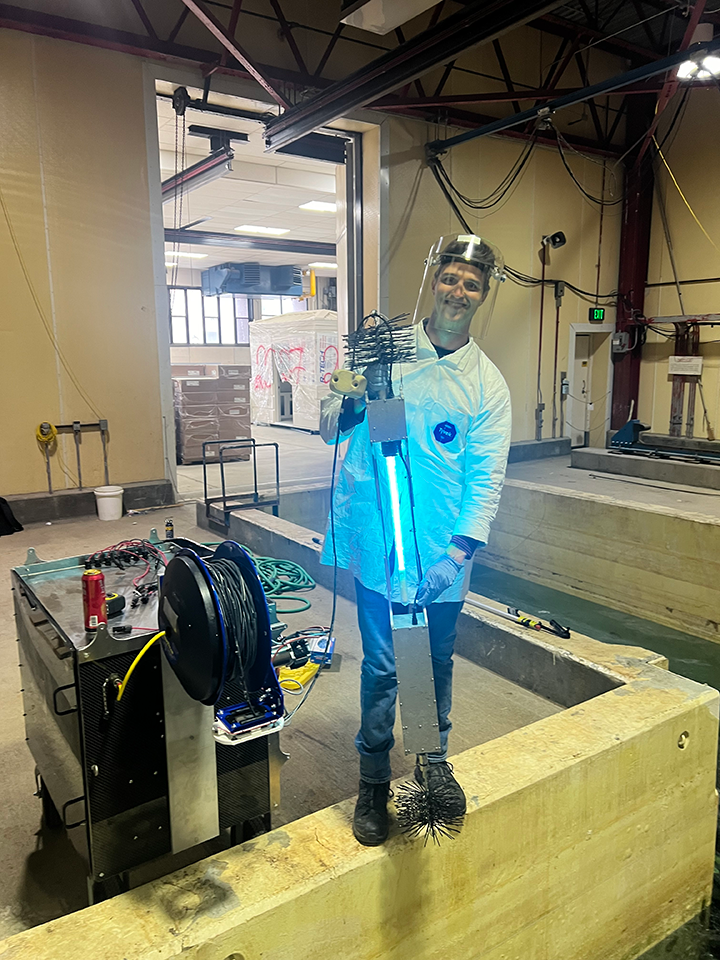
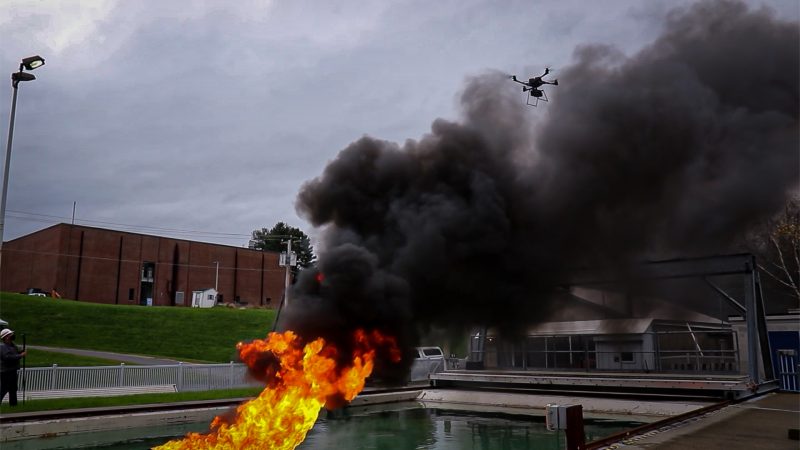
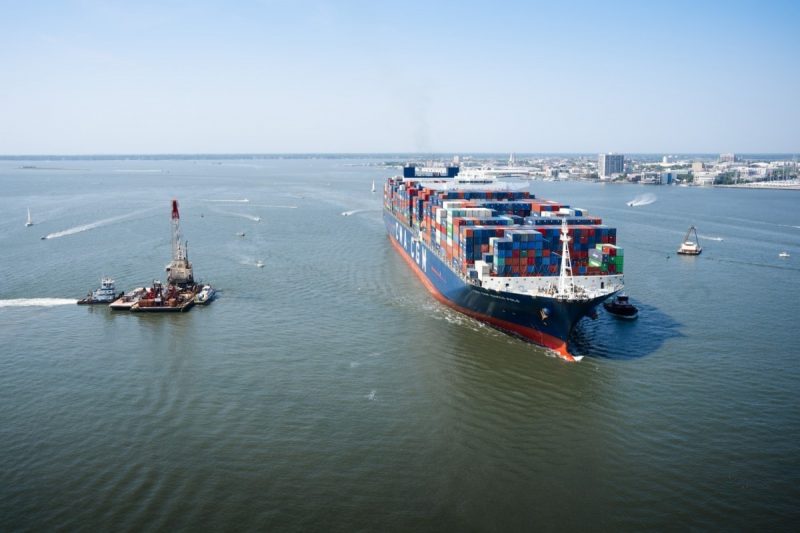
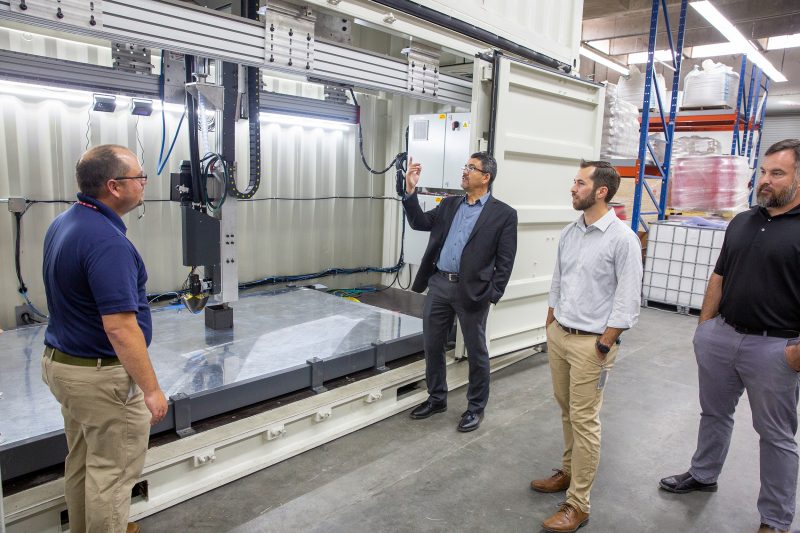
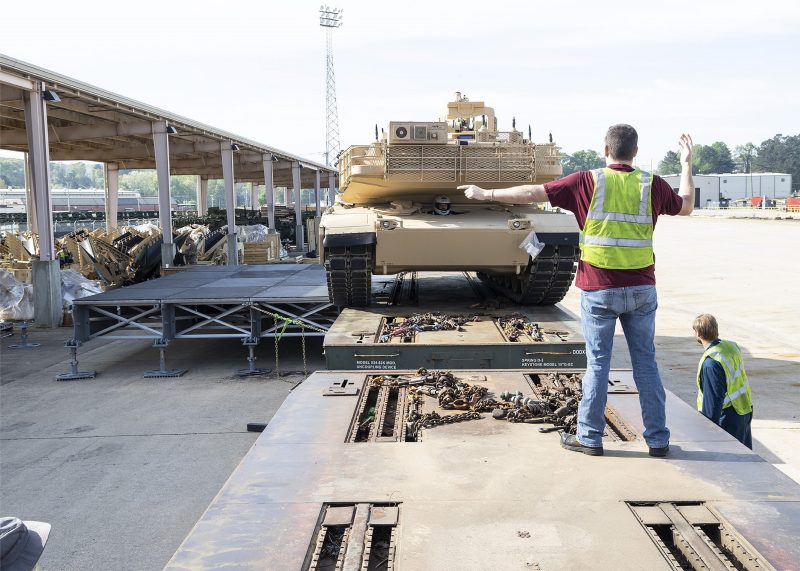

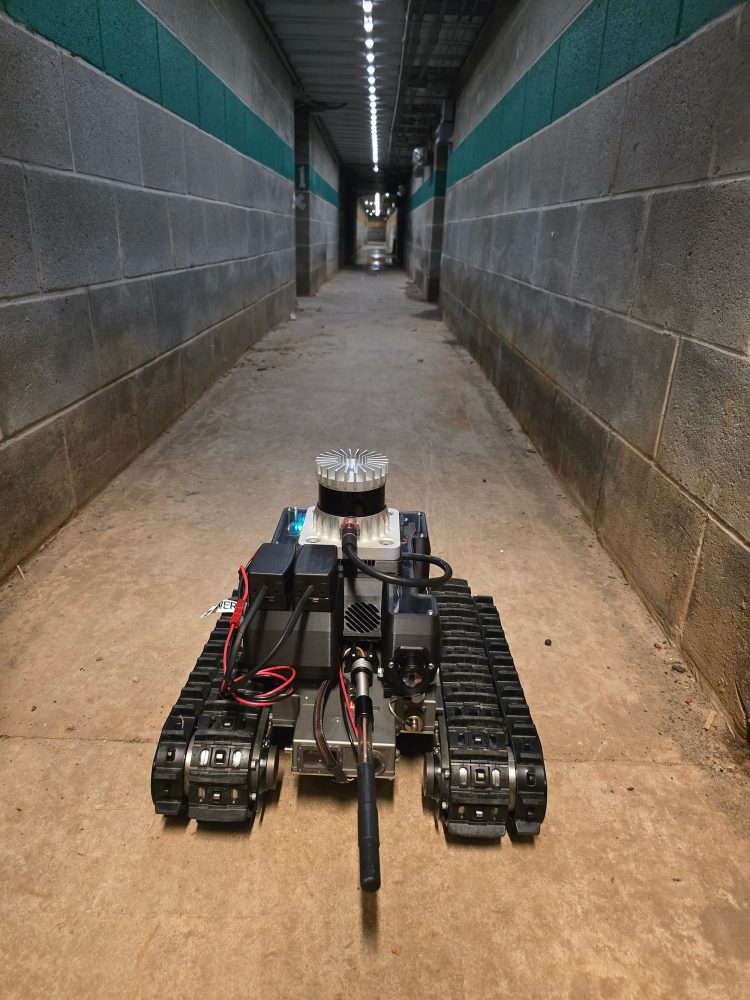
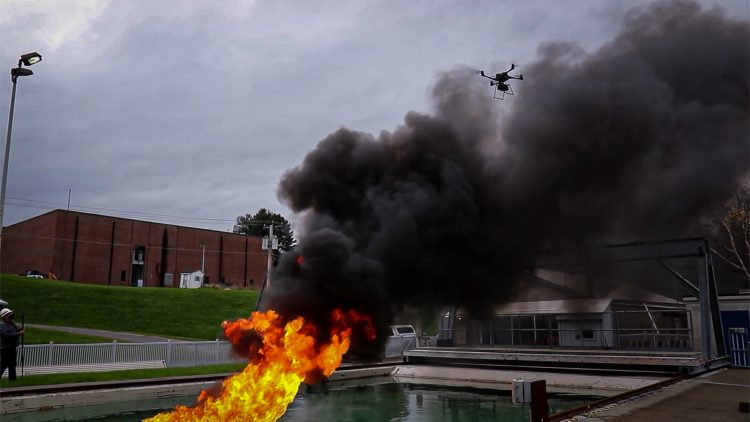
Recent Comments